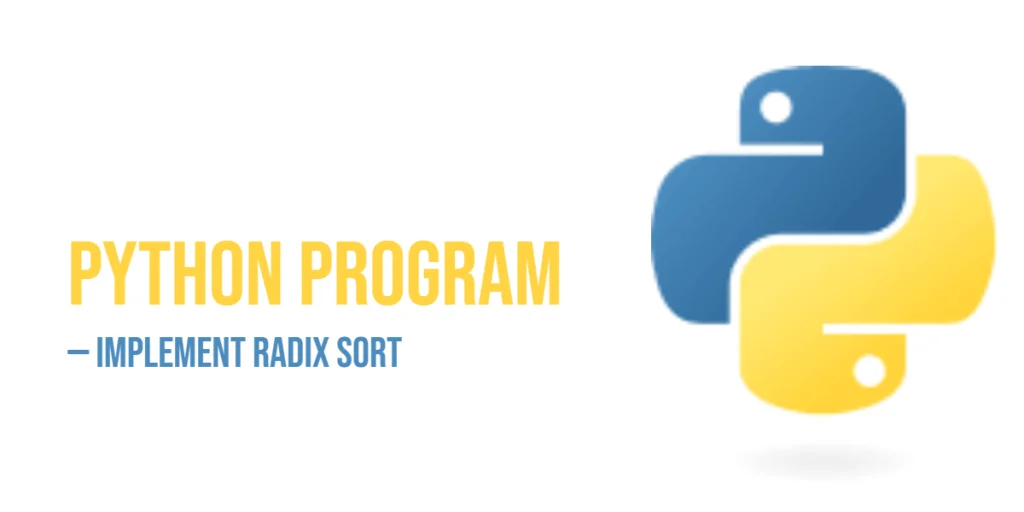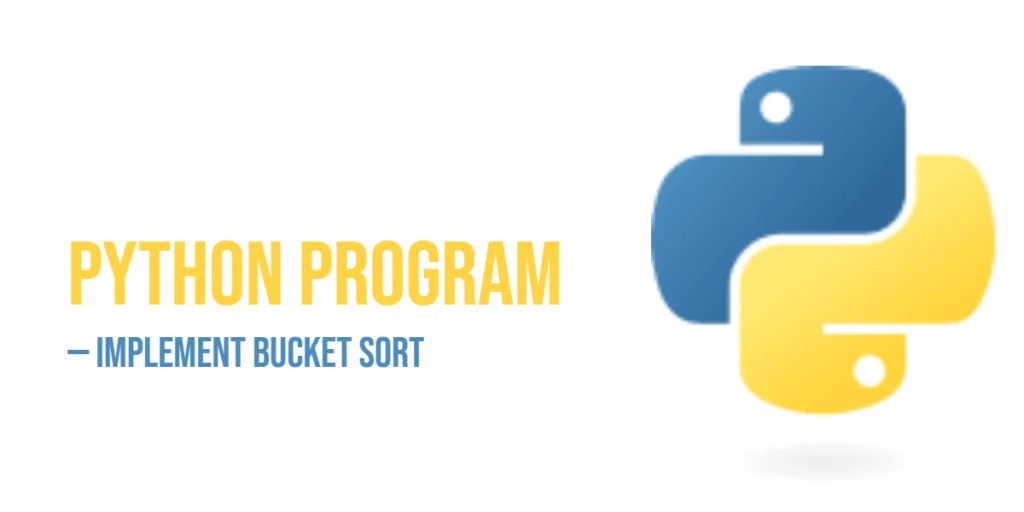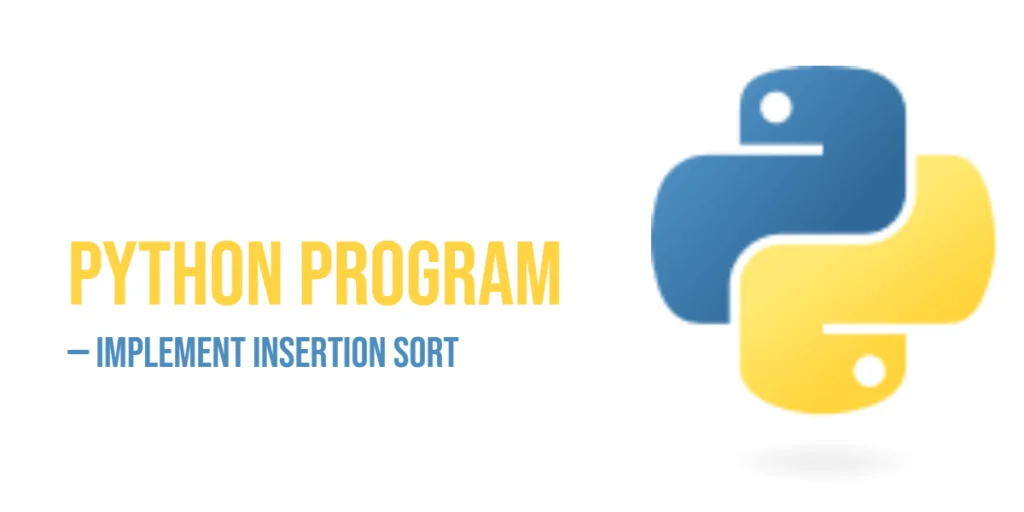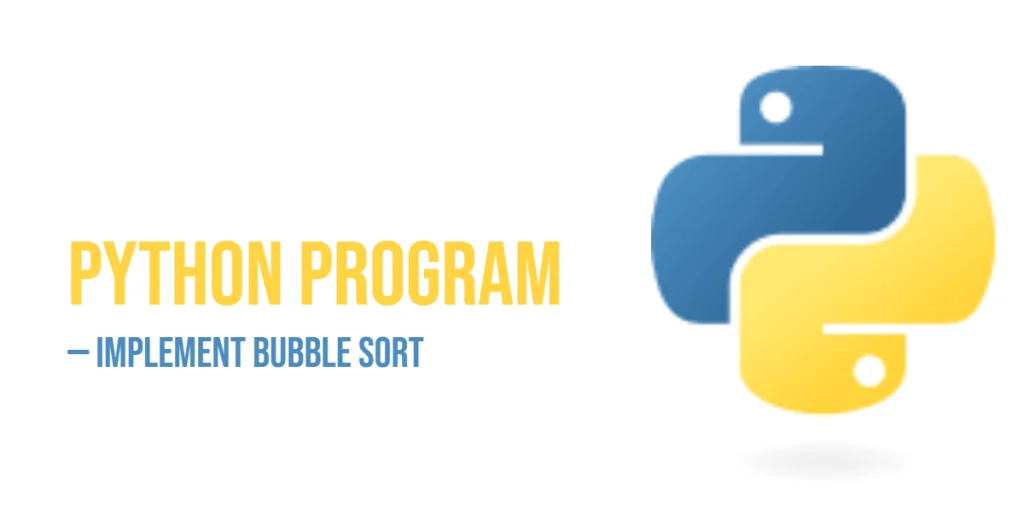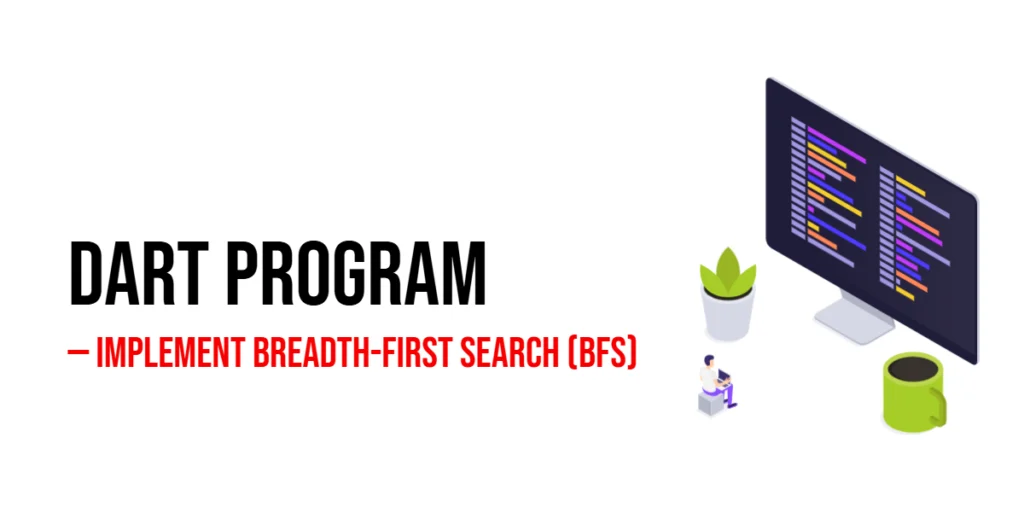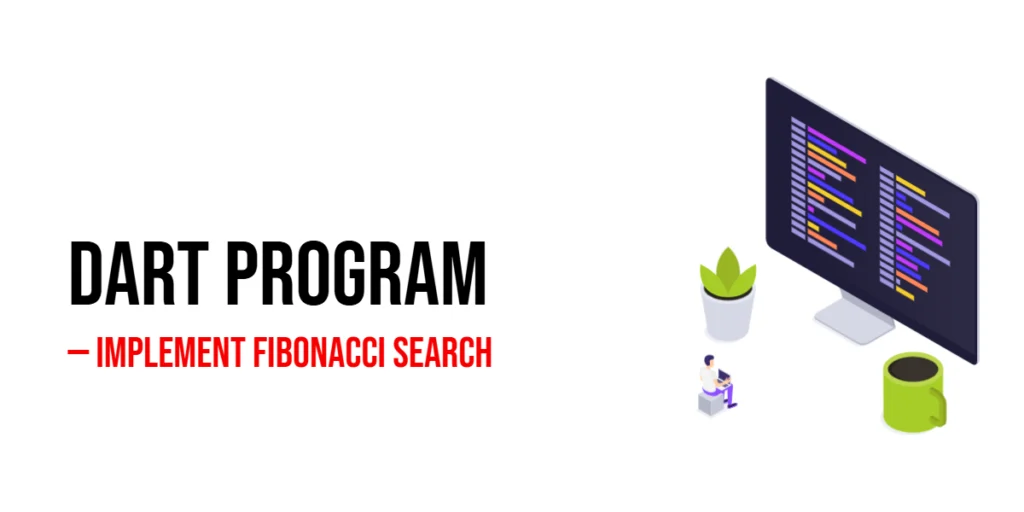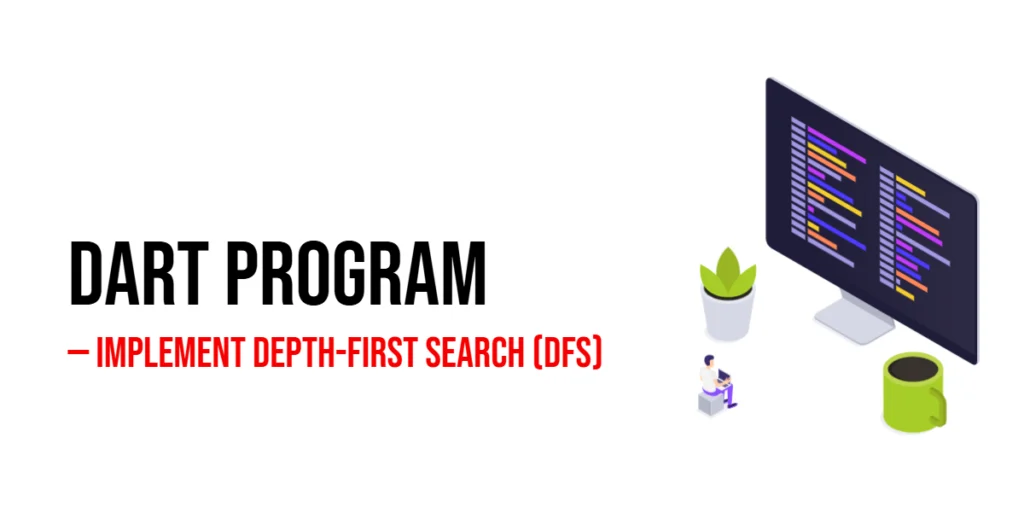Python Program to Implement Radix Sort
Sorting is a fundamental part of programming, and mastering efficient sorting algorithms can significantly improve the performance of your programs. Radix Sort is a unique algorithm that sorts numbers digit by digit, rather than comparing them directly like Quick Sort or Merge Sort. This method allows Radix Sort to efficiently handle large datasets, especially when […]
Python Program to Implement Radix Sort Read More »
